Irina – Use the Lockdown Lull to Spring Clean your Data
The lockdown has inspired a spring-cleaning trend, so now your house is in order, how about refreshing your data to ensure you get the most out of it? Are your customers feeling valued or could they do with some TLC too? Here are some tips to help you get started.

This unprecedented lockdown has seen many of us spring clean our homes and embark on new DIY projects, with more time on our hands. With many businesses experiencing a slowdown and operating virtually from home, this could be an opportunity to use the freed-up time to get your data and CRM in order. Your staff could brush up their skills with some DIY data training – not only is spring cleaning therapeutic, it will mean you’re primed and ready to go post lock-down.
Sounds good but don’t know where to start? Take it one step at a time and here are some top tips of areas to address…
#1. Review your data compliance
Start by making sure your customer data is up to date and secure. Data compliance was a hot topic in 2018, with the new GDPR legislation coming into effect, but have you kept up with all those plans and polices you put in place? GDPR requires regular reviews to ensure your policies are adhered to and remain accurate and up to date. Your business continuity plans may have been tested when you moved operations to a home-working system. Check your procedures cover working from home and adapt as necessary to ensure personal identifiable information (PII) is stored and transferred securely. See the ICO guidance on working from home, which we’ve linked at the bottom of the page.
Liaise with the data controllers in your business and make sure they’re maintaining their record of processing, data cleansing and retention processes. Once you’ve reviewed and tested your procedures, amend your policies to reflect any gaps or changes spotted. This will give you the peace of mind that you are now complying with your plans and your customer data is accurate and up to date – the basic groundwork is in place!
#2. Fix any leaks in your customer journey
Next, let’s focus on your customer processes. Map out your customer journey from your customer’s point of view, from their very first encounter with your brand through to their initial purchase and gaining their loyalty. How have you managed the relationship at each stage and touch point and how have you made the customer feel? Test it out, as there’s often a difference between what you think you deliver and what your customer actually experiences. Is the experience consistent across different channels and touchpoints and does it always reflect the brand strategy and values? It's a great exercise for spotting gaps and enhancing your process.

It’s useful to review your CRM activity at the same time, to ensure you have the marketing communications in place to support each stage of your customer journey, from ‘Welcome’ to ‘Win-back’. It’s amazing how a few tweaks in your customer process and communication plans can have a real impact on the overall customer experience and conversion rates. Check out our blog on CRM Strategy here.
#3. Avoid rubbish in, rubbish out (RIRO) syndrome
Before we start on turning your data into insight, we need to give your data a MOT to check it’s fit for purpose. RIRO highlights the need to have accurate customer data, as regardless of how good your analytics are, if it’s based on flawed data your outputs will be of poor quality. Use this time to audit and cleanse your customer and transactional data. Look at what data you are capturing, it’s coverage and quality through counts of missing and invalid values. Quick minimum, maximum, mean and mode statistics can reveal data issues and default values that may be skewing your data. Ensure your customer address data is up-to-date and create name and address/email match keys check for duplicates within your database. Once you’ve merged duplicated customer records, your customer values and loyalty statistics will be more accurate.
#4. Turn data into insight
Take the time to understand your customers and you can glean this insight from your customer data – just make sure you detail your processing and lawful purpose in your privacy notice!
Use data to identify the different types of people buying your products or using your service. Whether comparing their transactional and online behaviours or focusing on their geodemographics to understand who they are, where they live and what they do, you can use the insight to optimise your offering to engage the right groups. Adopt segmentation, starting simple by splitting apart customers based on recency of action, and further develop this with AI and machine learning to predict behavioural patterns, to ensure your messages deliver relevant content throughout the customer journey. Check out our blog on automation here.
Machine learning uses computer algorithms to make predictions based on experience, automatically improving these predictions as new data is introduced. There are some great free learning tools to get you started with machine learning and coding so why not do some analytics DIY and take a look at Kaggle - www.kaggle.com, HackerRank -www.hackerrank.com and Coursera - coursera.org. To learn more about machine learning have a look at our blog.

#5. Set up reports to optimise your marketing
When did you last review your reporting? Does it give you all the information you need to analyse the effectiveness of your marketing? Use this time to investigate what worked well and what could be improved. Run a retrospective response analysis to gauge the impacts of specific campaigns and communications so you can understand which channels and campaigns delivered the best return of investment (ROI) and the lowest cost per acquisition (CPAs), so you’re well prepared when things get back to normal
Set up reporting templates that give you the key statistics in an easy to interpret dashboard with the flexibility to report on a test and learn strategy so you can optimise and fine tune your marketing to boost sales.

#6. Maximise the use of the tools you have
Many organisations are not fully using the capabilities of the CRM and Analytical management systems that they licence. Dust off those functionality guides and see what additional features you could be using. There could be some great tools that could automate and streamline your campaign processing and reporting or some modelling tools that could help you identify and prioritise your best customers.
There may also be API features enabling you to connect your systems with social media sites, feedback systems, and website traffic to paint a more complete picture of your customers and users. Use this additional influx of data to optimise your communications, and make use of automated pipelines and built-in machine learning systems, to deliver the right messages to the right people at the right time.
Need some help?
All the best for your spring cleaning! If you need any help or advice on any of the areas detailed above, from data auditing to developing insight or setting up a CRM strategy, please get in touch on info@webalytix.co.uk
Useful reference links
Data Compliance
- ICO guidelines on working from home - ico.org.uk/for-organisations/working-from-home/
- Data protection and coronavirus - ico.org.uk/global/data-protection-and-coronavirus-information-hub/data-protection-and-coronavirus/
Data Modelling and Machine Learning
- Kaggle - kaggle.com
- HackerRank - hackerrank.com
- Coursera - coursera.org
- Our machine learning blog for more!





